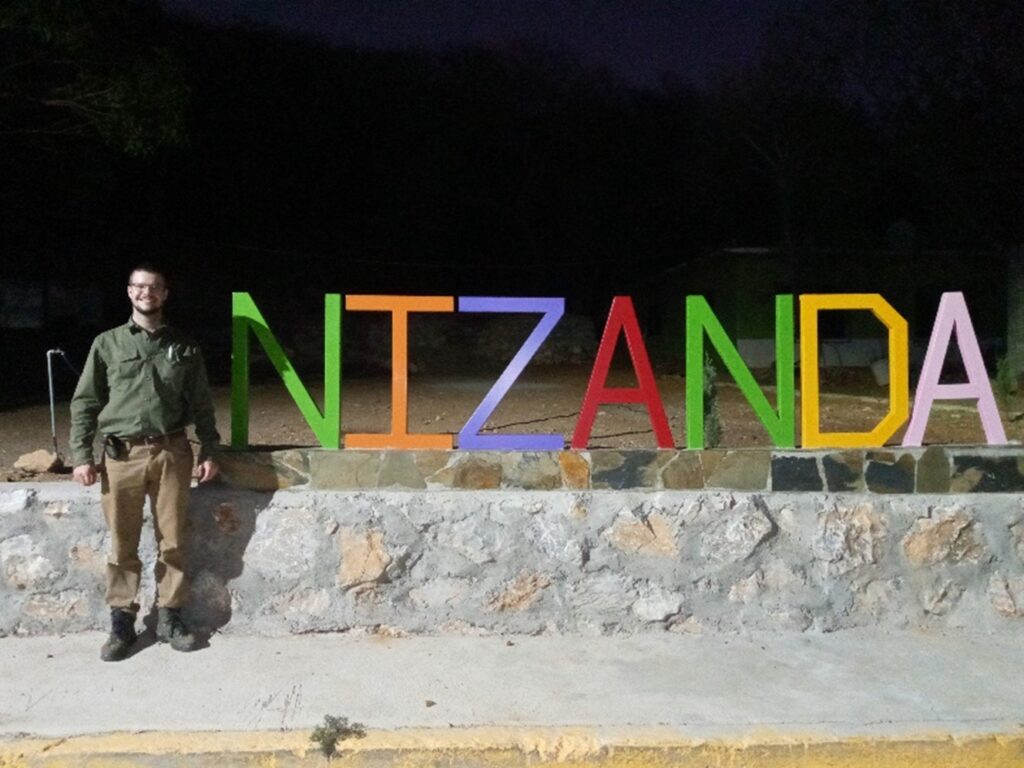Human activities such as logging, agriculture, and shifting cultivation have caused significant forest cover loss across the globe. When agricultural lands are no longer productive, they are often abandoned, leading to a process known as secondary forest succession, where natural forest recovery begins. This research is part of the EU-funded PANTROP project, which explores the resilience of tropical forests following human disturbances. Specifically, this study examines how the surrounding landscape forest cover influences seed dispersal in recovering plots within tropical dry forests (Nizanda, Oaxaca) and tropical wet forests (Loma Bonita, Chiapas) in Mexico. Over several months, seeds were collected using litter traps, identified at the species level, counted, and weighed. The study found that the size and proximity of forest patches, along with the presence of remnant trees near the recovering plots, play a crucial role in seed dispersal. These findings suggest that forest patches located near abandoned agricultural land improve seed dispersal rates, thereby facilitating forest regeneration and establishment. The research highlights the potential of using abandoned agricultural land for secondary forest succession and underscores the importance of landscape connectivity in promoting tropical forest recovery.

